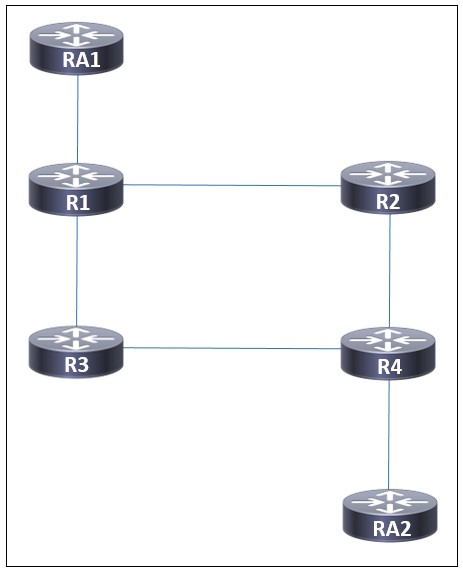


Refer to the exhibit. A network administrator implemented MPLS routing between routers R1, R2, R3, and R4. AToM is configured between R1 and R4 to allow
Layer 2 traffic from hosts on RA1 and RA2. A targeted MPLS session is established between R1 and R4. Which additional action must the administrator take on all routers so that LDP synchronization occurs between connected LDP sessions?
AlirezaNetWorld
4 months, 2 weeks agorans3001
11 months, 1 week agodanDAZET
1 year, 1 month agorans3001
10 months, 4 weeks agosushil_bhattacharjee
1 year, 3 months agosushil_bhattacharjee
1 year, 3 months agoakm88
1 year, 6 months agoMartiian
1 year, 5 months agothejag
2 years agoENTJ
1 year, 9 months agogollog
2 years, 2 months agothejag
2 years agochst
2 years, 4 months agothejag
2 years, 3 months agofrz007
1 year, 4 months ago